The Latino customers waited for the tiny farm shop to open, while the Amish employees held sodas in one hand and cigarettes in the other.
Where do you think I was?
A few weeks ago, when I wrote about small country stores in remote places, one reader gave me a trip idea: go visit Maryland’s Amish Country, out in Charlotte Hall/Mechanicsville in St. Mary’s County.
Always looking for interesting places and new ideas, I drove down to this sparsely settled agricultural community in Southern Maryland. And it was one of the most unique places I’ve ever been. It’s hardly an hour from Washington, D.C. too—that’s part of what’s wild about it.
On my way down Maryland Route 5, I stopped at a few spots that I’d identified on Google Maps. Here’s a gas station with a neat building that obviously far predates it. It looks like there are, or were, apartments on top, and there’s a post office, liquor store/convenience store, and now-closed barber shop in the bottom level.
That’s a really neat building for what feels like the middle of nowhere. But that impression is just not quite right. In that small-country-stores piece, I remarked of stuff like this, “What exactly is this? It’s not ‘urbanism.’ I guess it’s what you might call ‘ruralism.’” I was thinking of the little country stores with façades that make them look like Main Street buildings. The urban-ish attributes that pop up in remote, pre-suburban places is really fascinating.
Further down, there’s a vacant supermarket previously belonging to the small chain McKay’s, in a shopping plaza that has two dollar stores. (I’m looking in through the window):
Not far away, there’s an empty lot where a new strip plaza is supposed to go up, which will be anchored by…a new McKay’s supermarket! So this community hasn’t “lost” a supermarket, really. An empty supermarket and two dollar stores is a little vignette of decline that the rest of the place doesn’t bear out.
Just down Route 5 there’s another little shopping center with a thrift store, a pizza parlor (the pizza smelled very good!), and a bunch of other stores. Across the street there’s a vacant motel. And across the other street, there’s a dance hall. I also saw a sign for a “Turkey shoot & oyster scald.” I had to look that up.
I sort of expected Southern Maryland to feel depressed or disinvested, like much of the post-industrial Eastern Shore, like Cambridge, Maryland or Seaford, Delaware. But it wasn’t like that at all. It’s just the country. If anything, I got more of a sense of vitality here than from similar-looking places in Virginia.
The main tourist draw here is a Saturday-only Amish farmer’s market, and another farmer’s market (I think) that’s open a couple of days a week. Neither were open the day I visited, but I snapped a picture of what looked like the bigger one. I’d like to go back and check it out in operation.
But I had really come to explore the country roads off Route 5, and I’d taken down a few addresses of what Google kinda-sorta thought were Amish businesses. The internet has not fully captured this landscape, which is fascinating. Many of the unpaved backroads are not signed. I couldn’t tell public roads from driveways, and at one point Google Maps navigated me over what I’m not sure was a public road. Most of these backroads, even the stretches with businesses, have never been captured by Google Street View, either.
On my way to “Amish meat John Wye” (that’s what Google called an apparent butcher shop) I was diverted by this sign:
Interesting. So I followed it. I drove from what I think was a public dirt road onto a dirt private driveway. I maneuvered carefully around the sleeping farm dog:
And finally pulled up to a generator-powered shack on a private farm, five minutes from the Route 5 strip and deep into the country. I went inside, and I found myself in a dimly lit makeshift store whose centerpiece was a giant cooler filled with freshly butchered chickens. Behind me on a table, a whole slaughtered pig awaiting butchering gave me a bit of a scare. There was a cooler of presumably locally-made Latin American cheeses (cotija and crema). And not much else. No cashier, even. I wasn’t sure how to actually buy anything. But the place was packed, and every customer was Hispanic.
I’ve never seen anything like this. (I mean, have you ever been the only white person in an Amish store?) It’s such a neat melding of cultures. The area’s Hispanic population, I’d guess, largely works locally, but some are probably out here for the lower housing costs. And the area’s Amish community has found cheap land, and a way to do good business without relying on tourism. Other than the farmer’s market on the main drag, there doesn’t seem to be any tourism here at all.
My next stop was that butcher shop. After more dirt roads, along which I passed an Amish phone booth (the Amish use telephones but keep them in booths outside the house), I pulled into the parking lot. There was an informal food truck selling pupusas (but not operating that day.)
I was a few minutes early; one half of the store, with the same combination of fresh chickens and cheese, was open. But the half that sold beef and pork wasn’t open yet.
A handful of young Amish men stood around out front, drinking sodas, smoking, chewing gum, and shooting the breeze. They were a bit rougher than the quiet, plain Amish of Lancaster, who no doubt are also presenting an image the tourists expect.
I went inside, and bought some pork belly ($3.99lb) and some flank steak ($8.99lb). Cash only. It looked very good. I haven’t cooked any of it yet—it’s in our big garage freezer—but I have high hopes.
Next I was off to Clover Hill Dairy, a small cheese shop that sold only a few varieties/flavors (none of the Yancey’s Fancy stuff here), along with some canned goods that were labeled as having been made in home kitchens, permitted under Maryland’s cottage food law. Again, that dim generator-powered lighting. This store had a bunch of online reviews, so it’s not totally off the beaten path. But it looks and feels like it is. I took these photos in the store’s general vicinity:
One more farm-country shot:
On my way back to Route 5, I passed an Amish schoolhouse with the children out for recess, and a “Share the Road” sign—but instead of a bicycle, it showed a buggy! And yes, I did see some buggies out on the roads too.
I love Pennsylvania Dutch Country, but it dawned on me that this is what Lancaster must have looked like in 1930, 1950, maybe even 1980. That distinction underscores just how deeply tourism has transformed the Lancaster area, and to some extent the pace and content of Amish life there itself.
As I drove home, I made a brief detour past an “Anglican Catholic” church (traditionalist Anglicans with Catholic liturgical preferences, I think) and an Eastern Orthodox church. Along with a veterans’ home, the Amish community, and a sizeable Hispanic population, there are also these congregations belonging to less commonly seen churches. You certainly wouldn’t expect to see them all the way out here.
Or would you? Maybe the relatively cheap land and largely blank canvas out here draws people who are a bit different or nonconformist in some way. This is diversity, in all its quirky, unselfconscious, all-American glory. You could even call it the melting pot.
There are lots of communities like this in Virginia, Maryland, and Delaware (and of course in many other states!) I’m fascinated, now, to visit and learn about more of them, and more about them. Maybe it’s the writer in me, but it feels like there’s a thread, a storyline, here. And I’m even more fascinated to see where it goes.
Related Reading:
Thank you for reading! Please consider upgrading to a paid subscription to help support this newsletter. You’ll get a weekly subscribers-only post, plus full access to the archive: over 500 posts and growing. And you’ll help ensure more material like this!





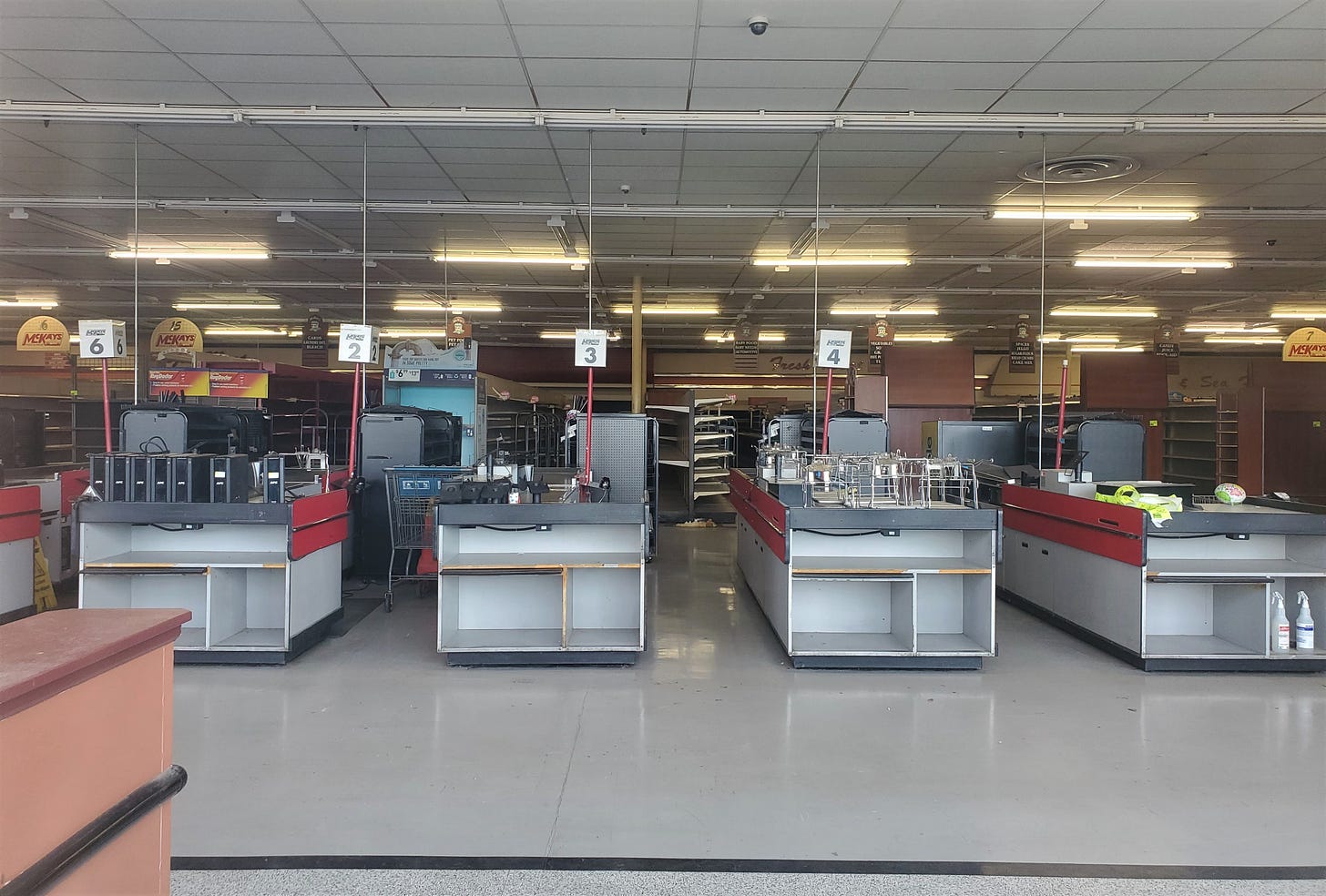

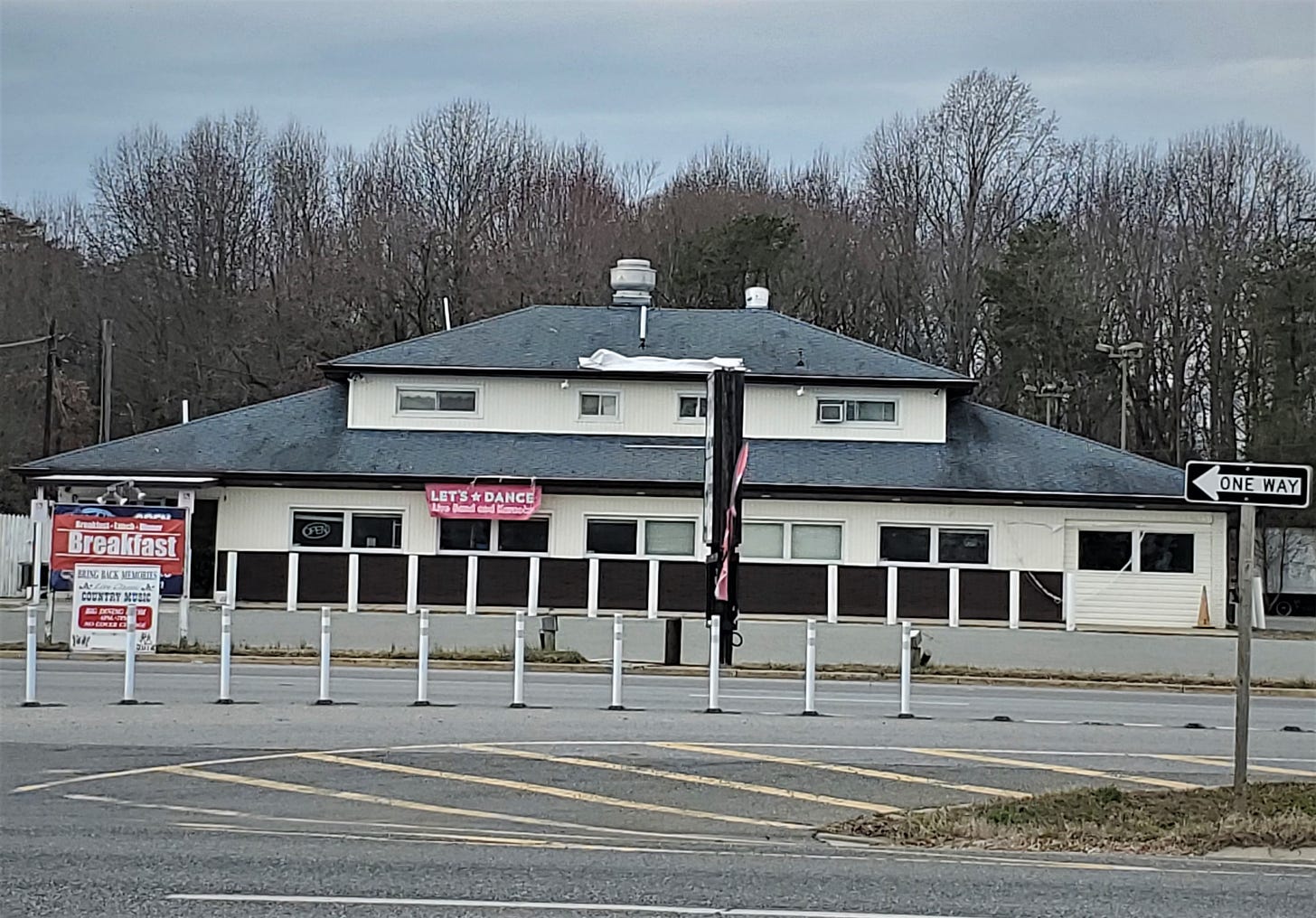

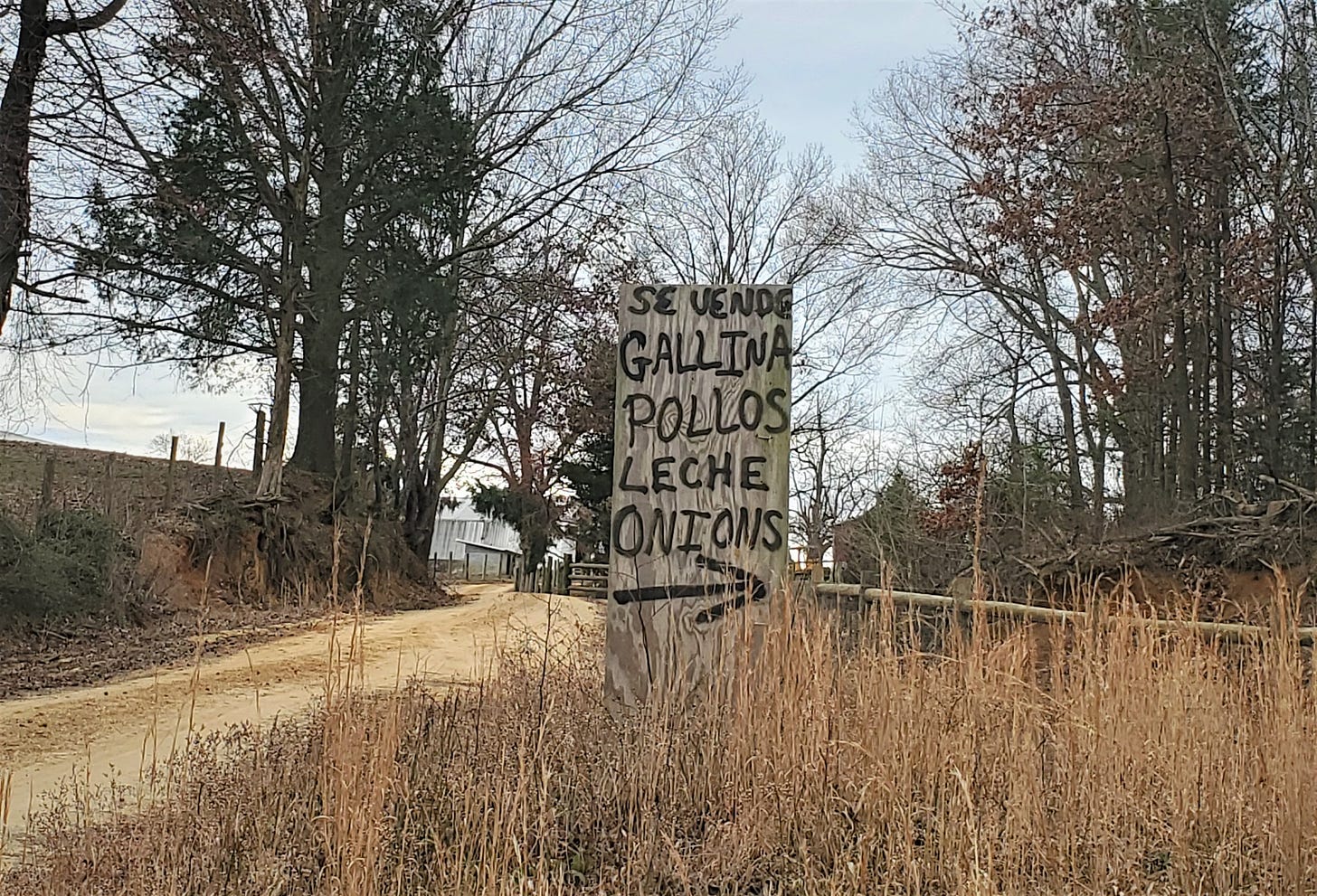

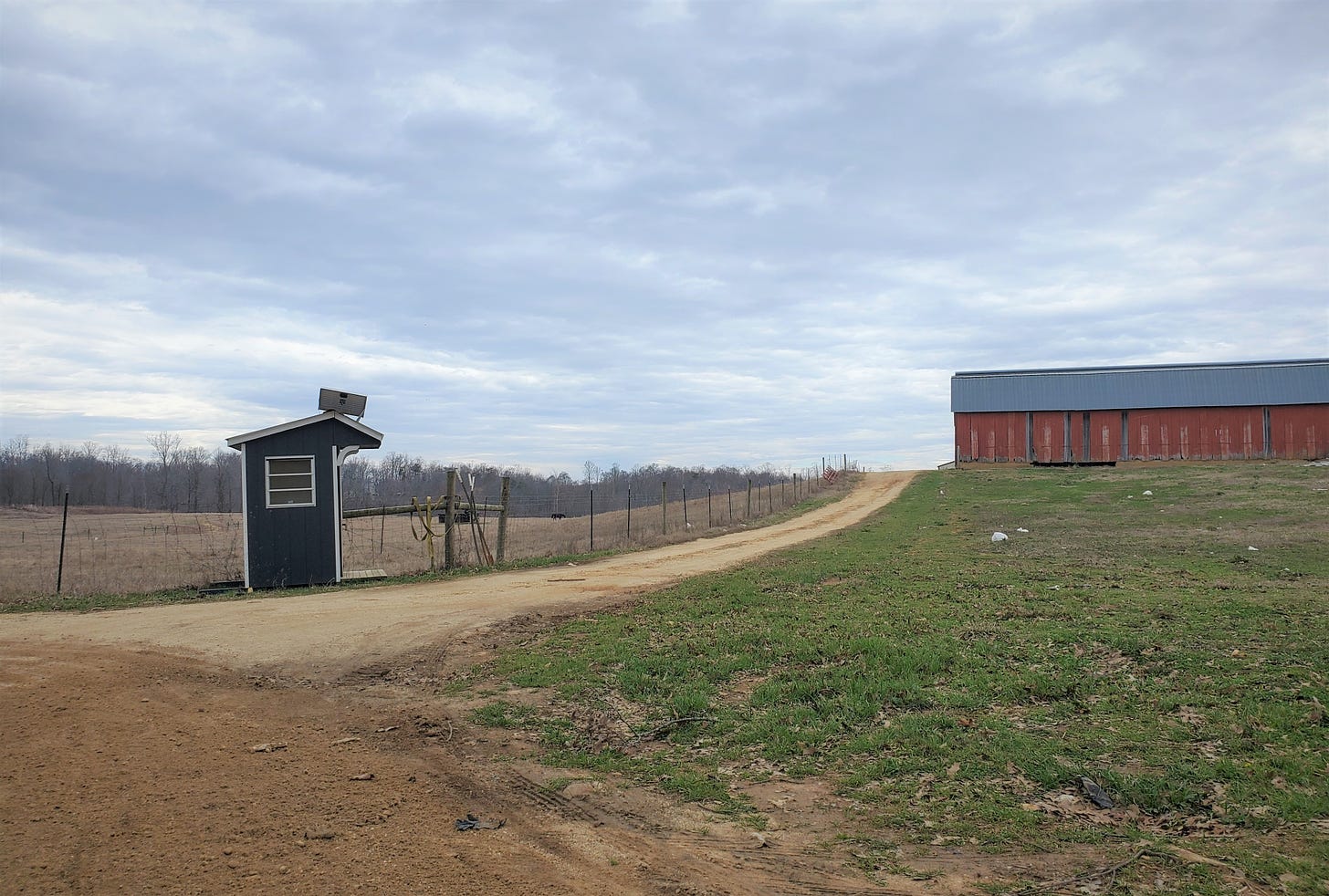

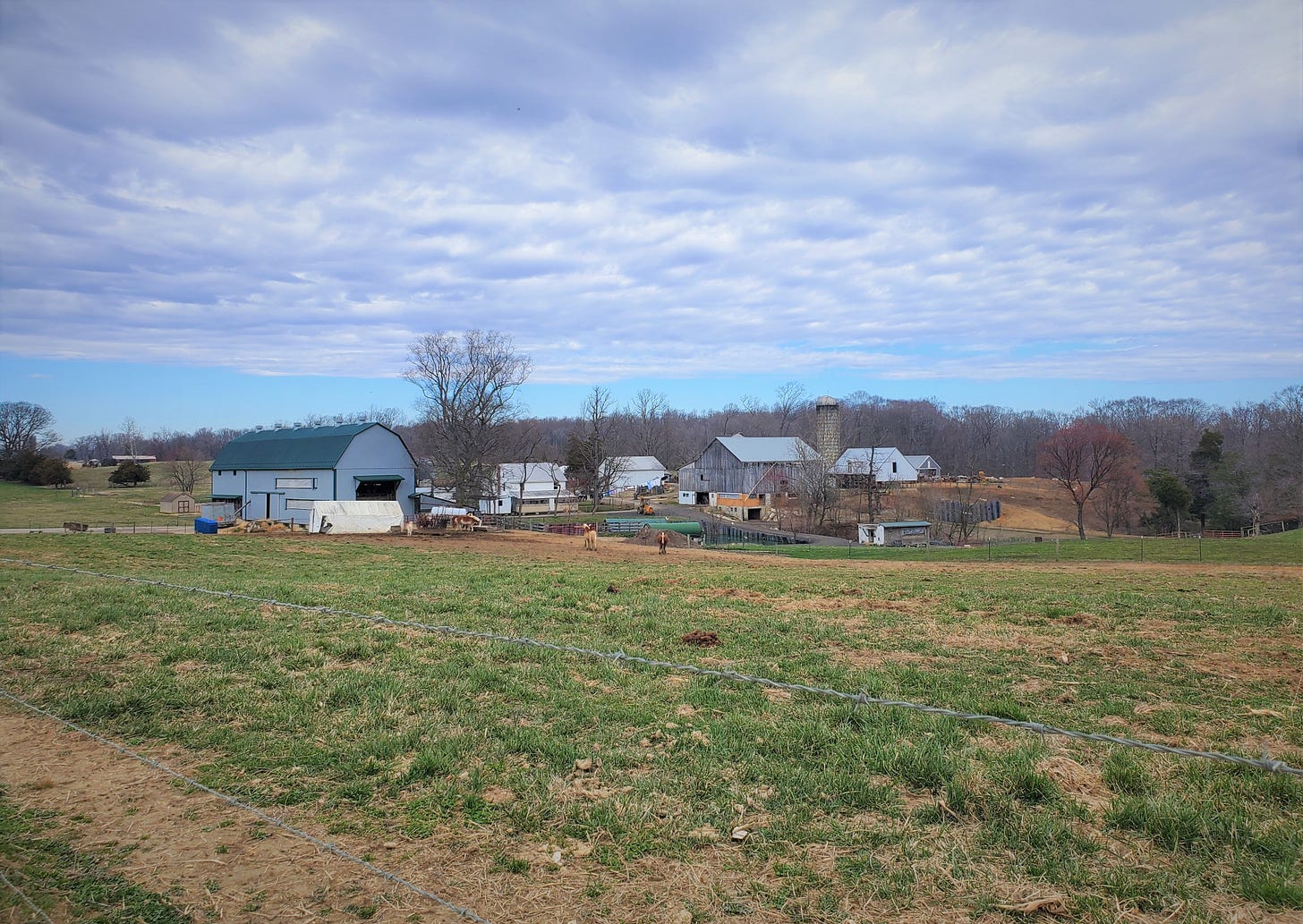

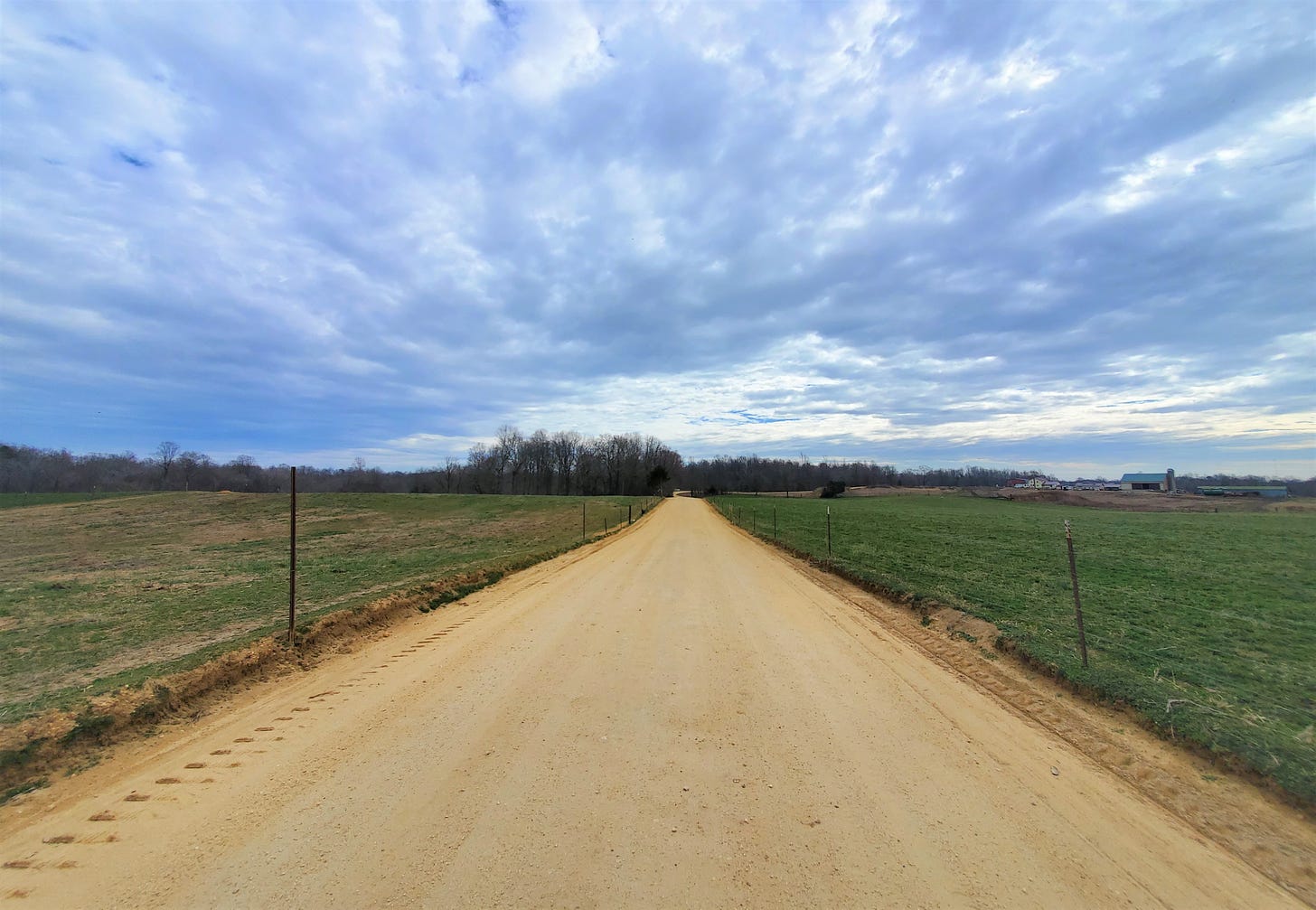
This was a really great read! I appreciate you doing some exploring and sharing it with us!
If you're ever in Iowa, you should check out this store owned and run by Mennonites. https://www.dutchmansstore.com/